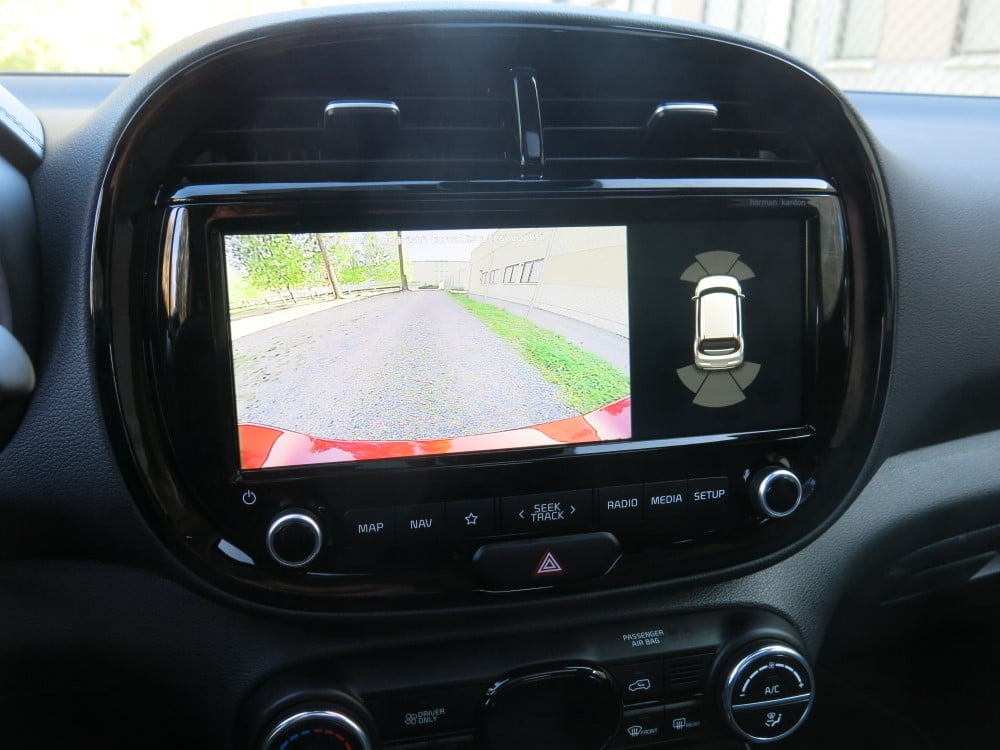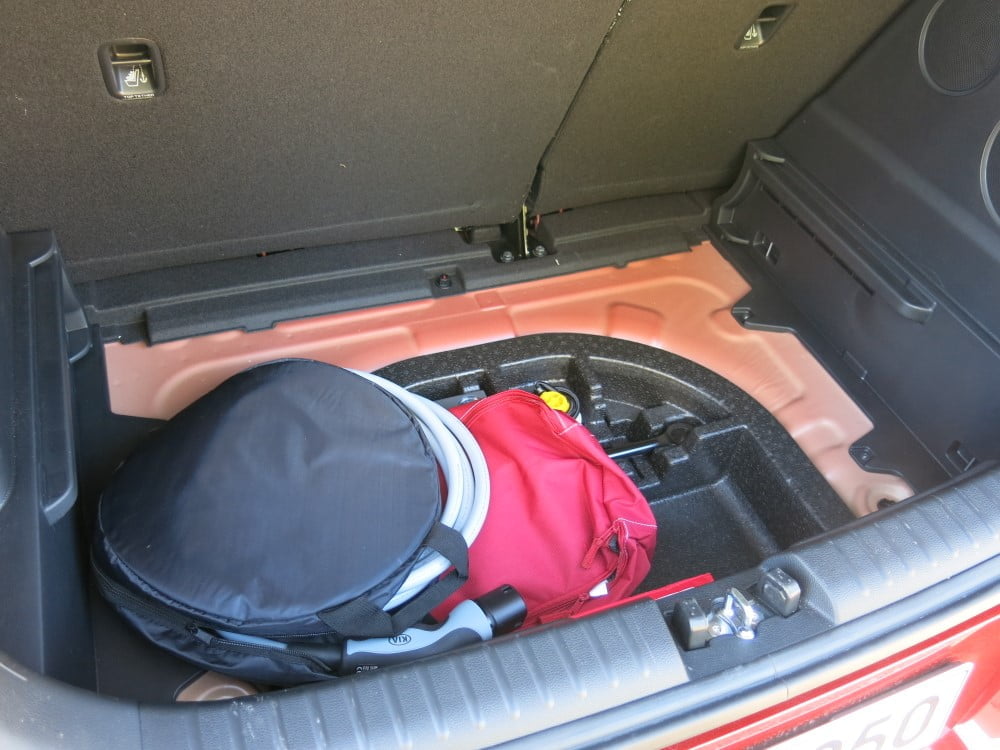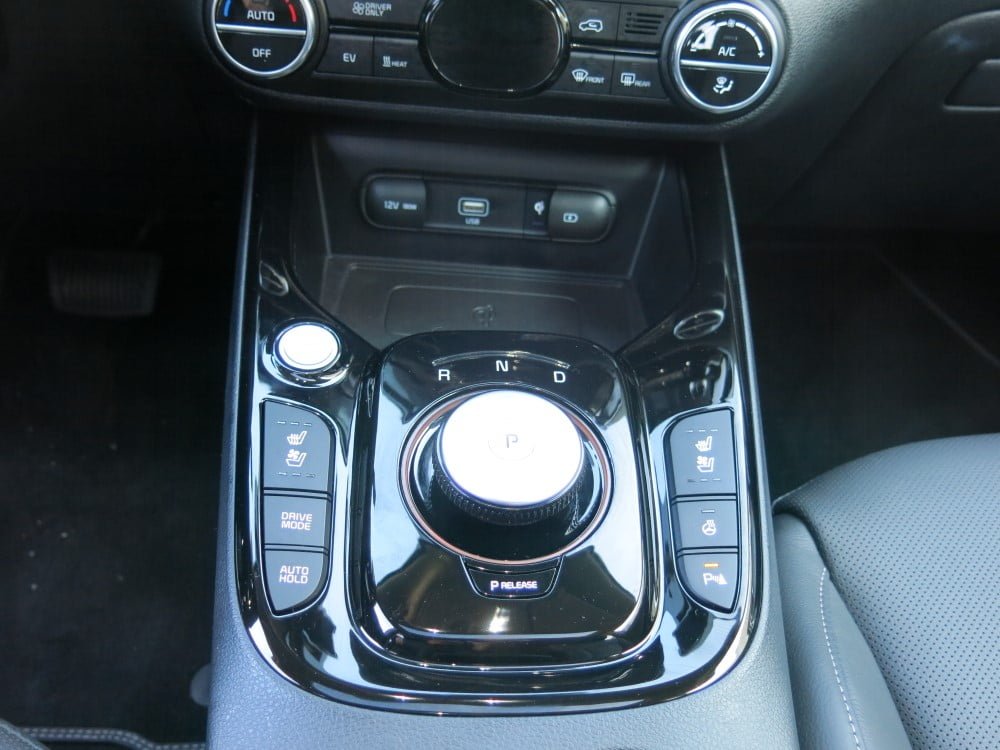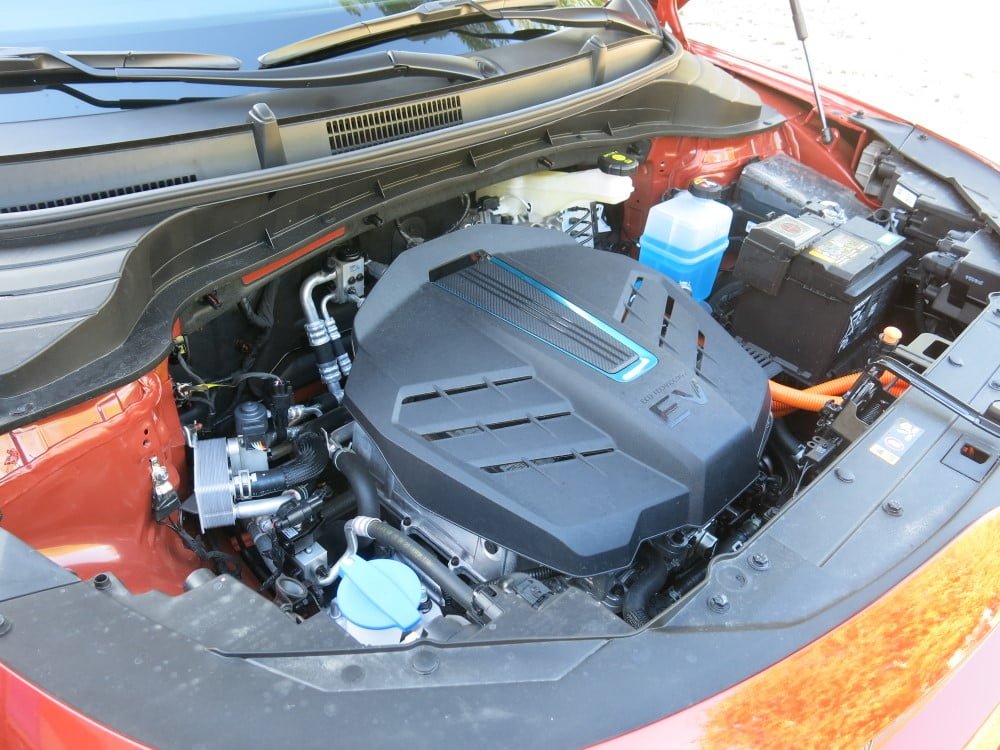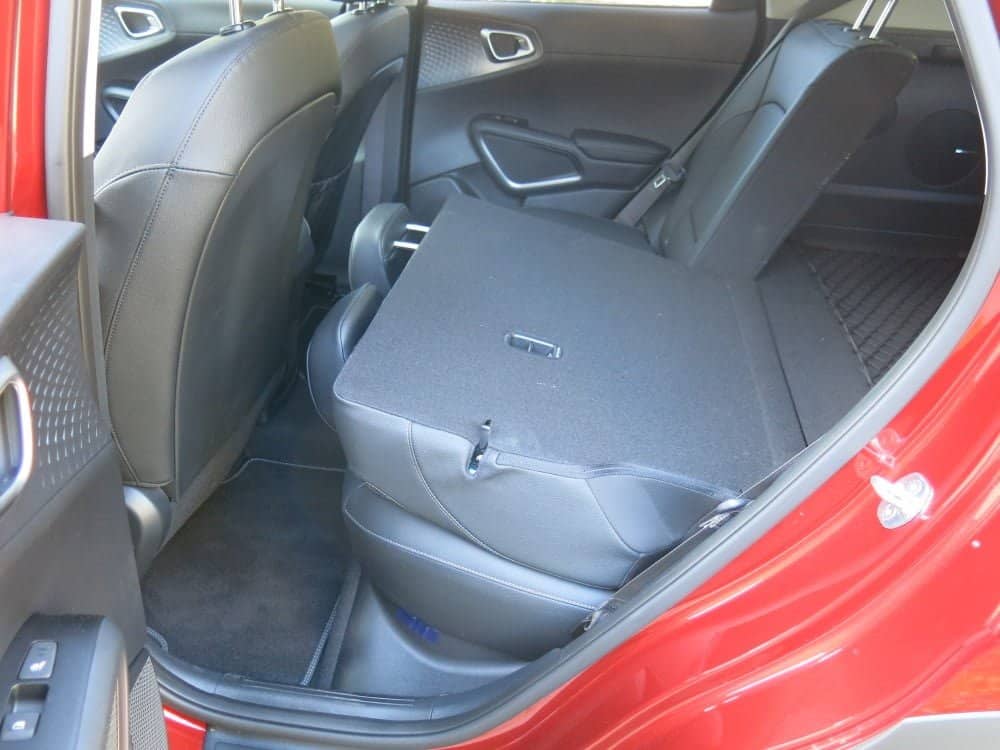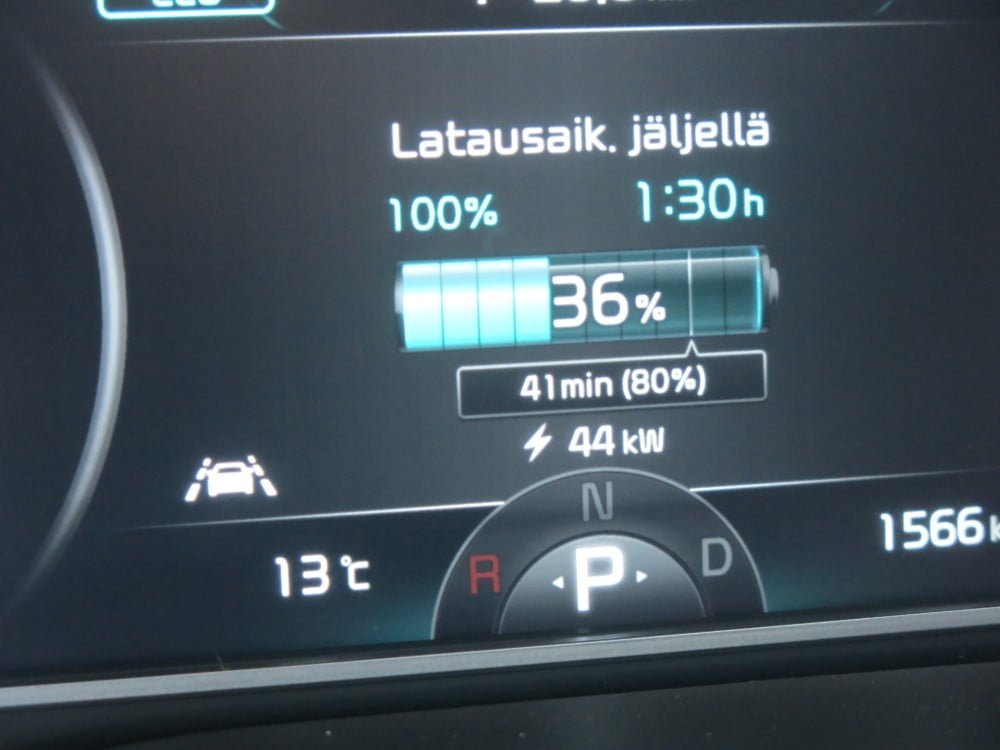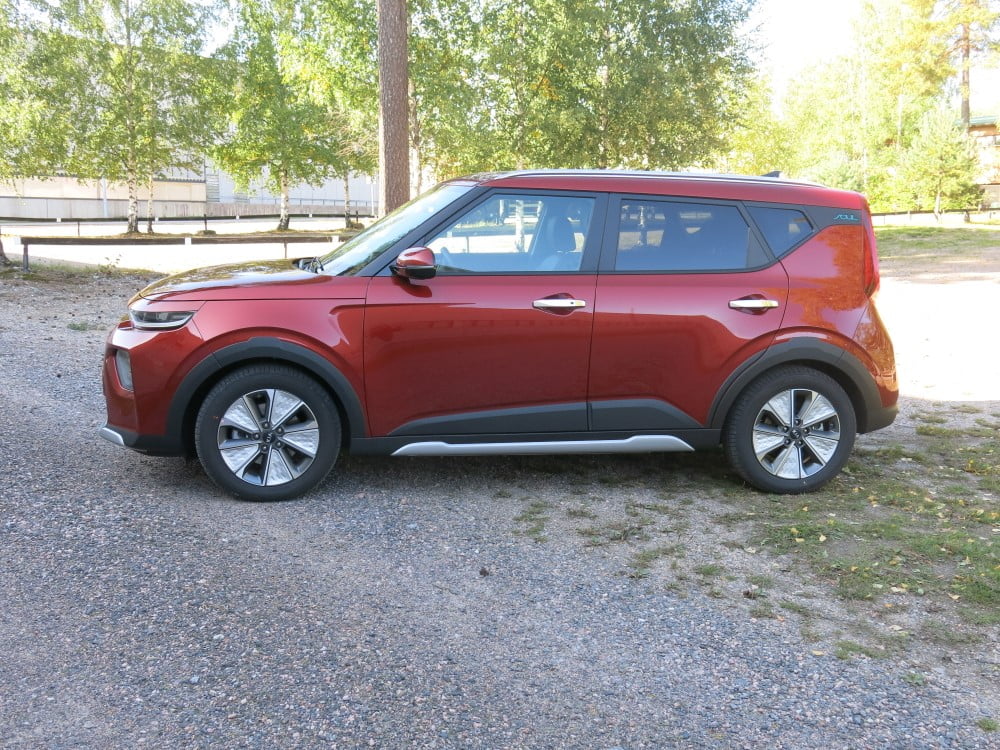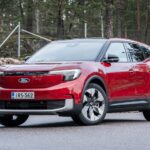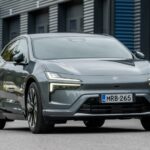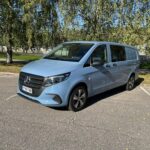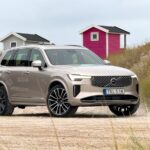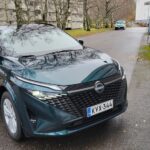The Kia e-Soul is a car that easily evokes feelings for and against. And especially for its looks. It looks a bit like a van, but it’s still a full-blooded passenger car.
The rear of the car is very straight and angular – thankfully – because otherwise the boot would be very small. Now the promised capacity is 315 litres.
The car is classified as a B-segment crossover, which means it is slightly taller than a normal passenger car. This could make it a good choice for an ageing driver, for example.
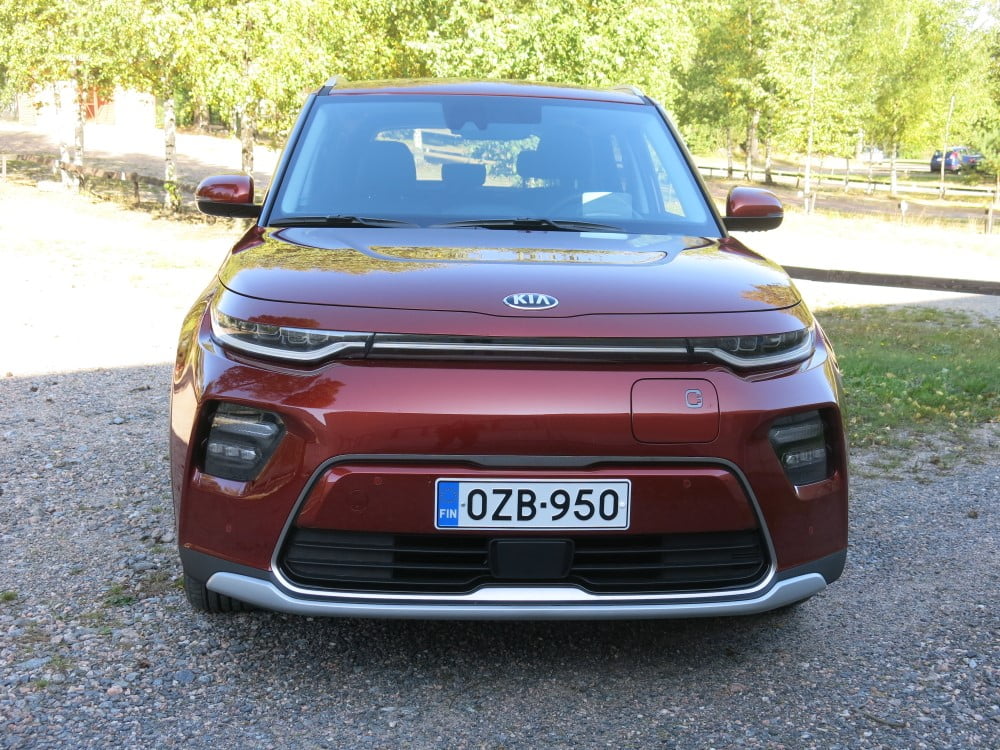
The Kia Soul was once equipped with a petrol engine, but nowadays only the electric e-Soul model is imported to Europe. The first Kia Soul was launched back in 2009, and the e-Soul is the third generation of the range.
the e-Soul uses the same powertrain as the electric Kia e-Niro. This is why the e-Soul comes with two different battery packs, of which the larger 64 kWh is sufficient for 452 kilometres on a single charge, according to the manufacturer. During the test drive in the warm autumn weather, we managed just over 400 kilometres. The engine produces just over 200 horsepower.
the e-Soul is also available with a smaller 39.2 kWh battery. This gives the electric motor 136 hp, enabling a range of 277 kilometres.
The Kia e-Soul is 55 mm longer than its predecessor and has a 30 mm longer wheelbase. The overall length is now 4 195 mm.

Four driving modes
The Soul has energy-saving features that extend its operating range – for example, a cabin air heat pump that harnesses heat from the engine.
During the test drive, the car’s consumption was much closer to 15 kWh/100 km than 20 kWh/100 km.
Of course, consumption is affected by driving style and driving mode. There are four driving modes, Normal, Sport, Eco and Eco .
Eco mode switches off everything that is not needed, such as the air conditioning. During the test drive, I mostly drove in one of the two Eco modes. The car’s character is not sporty, so the Sport mode even seems a bit superfluous. Normal mode is so close to Eco mode that I didn’t use it for that reason.
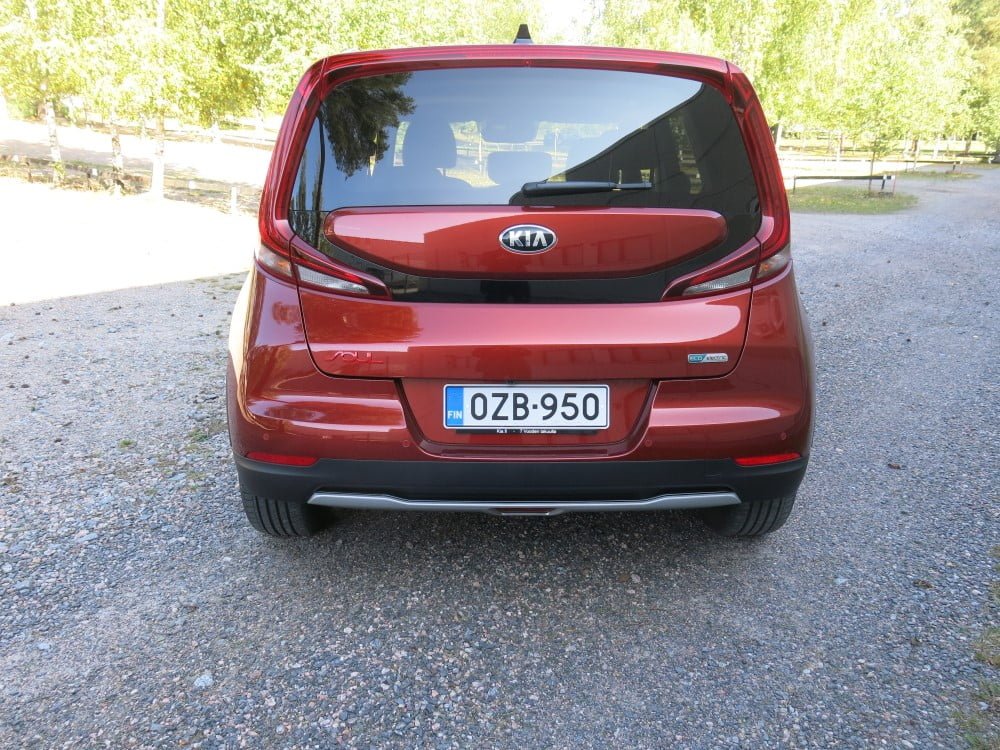
When driving alone, electricity consumption can be reduced by using the car’s climate control system, which only directs air conditioning to the driver’s side, even if all the ventilation valves in the cabin are open.
The driver’s seat is very functional. The instrumentation is clear and the controls are easy to reach. There’s also a windscreen display, which some find handy, others don’t. Seat and steering wheel adjustments are well adjusted, and the test version even offered seat ventilation. However, this is only useful in very warm weather.
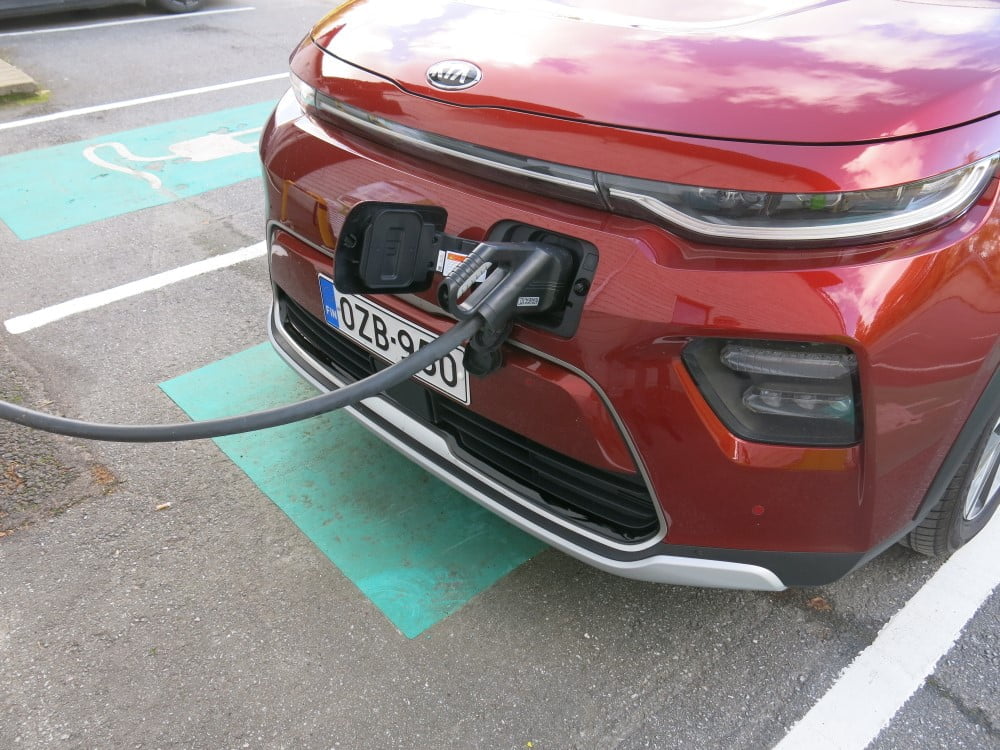
Four equipment levels
The car is quite heavy (1800 kg), which makes for a very stable ride. Thanks to the powerful engine, the weight is hardly noticeable, for example during acceleration.
The E-Soul range offers four equipment levels: Groove, Electro, Supreme and Freestyle.
The car we test drove was the best-equipped option, with a more powerful battery.
There are just enough features and assistants. When the battery was fully charged, it promised a driving range of around 430 kilometres.
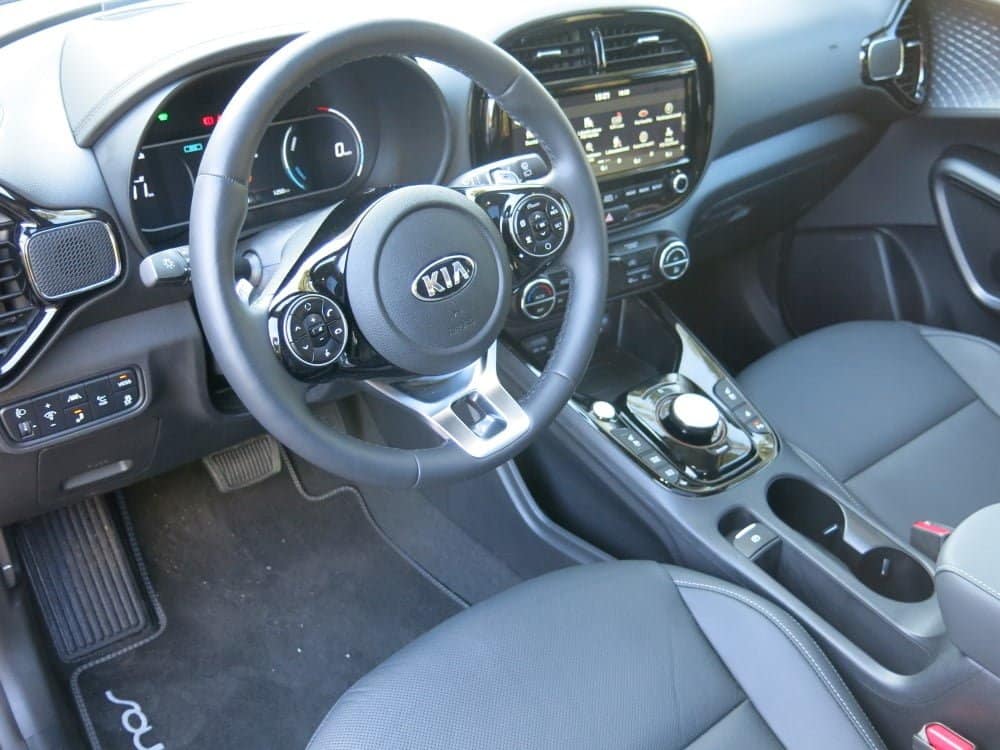
The car handles well, and the rotating ratchet gearbox works well in use. It has only three positions, D, N and R, so changing between drive and reverse gear is very convenient.
There are plenty of clutches on the wheel, but even those you get used to while driving. There are two wing levers under the wheel, which in this car are not used for shifting, but for adjusting the energy absorption of the brakes. In practice, however, this is a rather superfluous feature, as the automatic system takes care of it conveniently enough.
Perhaps on some steep and long downhill gradients there might be a need to increase the brake energy absorption and at the same time the braking. However, there are few such hills in Finland.

A surprising amount of space in the boot
The lane departure warning system keeps the car well in its lane, but perhaps reacts too strongly to lane markings.
The automatic cruise control worked well and made it easy to follow the car in front. Driving on the highway is very worry-free, knowing that the car will brake itself when the rear of the car in front gets too close.
The boot of the car seems very small at first, but luckily there is still plenty of room under the floorboards. You can hide the charging cables in that space.
You can also lower the panel all the way to the bottom, which gives you a much deeper, uniform boot space. And with the tailgate fully upright, there’s a surprising amount of space.
The luxury of the car is represented by the sunroof, which wasn’t much fun in the autumn rains. But when you kept the curtain open, you got plenty of light into the cabin.

Charging the car is easy, as the charging socket is located in the front. The car was charged several times, and the temporary charging cable that plugs into the schuko socket also worked well.
The car’s displays show the charging status well, and there were no problems with power levels at any point. During the trip, we charged several times with a quick charger, which added about 100 km of driving distance in half an hour.
Prices for the Kia e-Soul in Finland start at €37 990 with a 39.2 kWh battery. Prices for the e-Soul with the larger 64 kWh battery start at €42 990.
The car comes with Kia’s seven-year factory warranty, which also covers the battery pack.
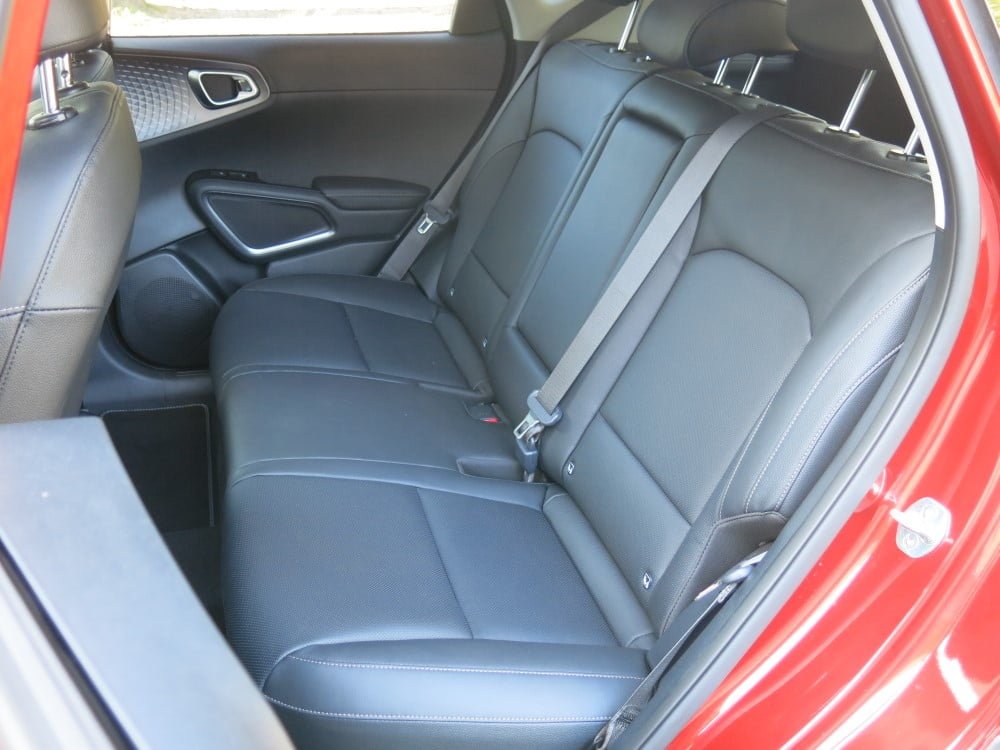
For whom?
The electric e-Soul offers a good combination of performance, range and space. For an electric car, you get quite a lot for the price. However, it’s not a complete package.
To use the car sensibly, you need good access to charging at home. A schuko charging plug alone will give you 100 to 200 kilometres of driving range on an overnight charge, so that might be enough for most people.
For long journeys, fast-charging stations are needed, which can easily give a good deal more driving distance, for example during a half-hour coffee break.
It is then a different matter whether you want to buy an e-Soul or an e-Niro. The Niro is only a couple of tonnes more expensive than the Soul, and the better equipped the cars are, the smaller the difference between the models.

Kia e-Soul
Price: €37,990 (from).
Test drive price: 46 490 euros.
Engine: electric motor.
Maximum power: 204 hp.
Maximum torque: 395 Nm.
Acceleration 0-100 km/h: 7.9 seconds.
Top speed: 167 km/h.
Battery: 64 kWh.
Car charger: 7.2 kW.
Operating range: 452 km (WLTP).
Declared consumption: 15.7 kWh/100 km.
Car weight: 1 807 kg
Length: 4 195 mm.
Width: 1 800 mm.
Height: 1 605 mm.
Ground clearance: 153 mm.
Luggage compartment: 315 l.
